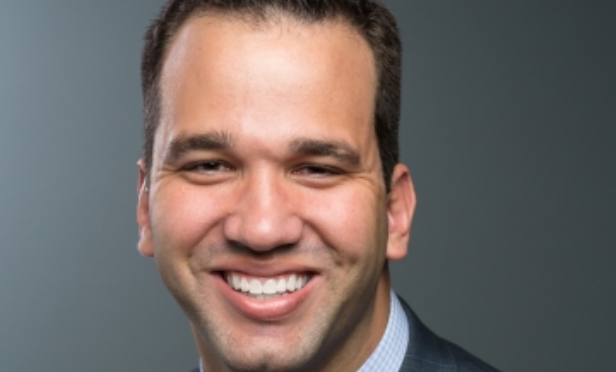 The year ended with stock market volatility and a government shutdown, two events that left many wondering what to expect for 2019. Overall, 2018 was a strong growth year, especially for commercial real estate, an industry that was the beneficiary of material rent growth and price appreciation. While the year ended on a somewhat chaotic note, the underlying economic fundamentals that drove growth throughout the year are still in place to drive continued growth in 2019.
The year ended with stock market volatility and a government shutdown, two events that left many wondering what to expect for 2019. Overall, 2018 was a strong growth year, especially for commercial real estate, an industry that was the beneficiary of material rent growth and price appreciation. While the year ended on a somewhat chaotic note, the underlying economic fundamentals that drove growth throughout the year are still in place to drive continued growth in 2019.
“2019 will be interesting. Through the fourth quarter, we have had material volatility—as much volatility as we have had since 2015 and 2016, when the market pulled back,” Bill Fishel, the senior managing director and co-head of the Los Angeles office at HFF, tells GlobeSt.com. “Internally, the topic of conversation has been focused on the divergence between public markets and quarterly financials or private company financials. The feedback that we are getting from ground is that this was a very profitable quarter. When you look at fundamentals like job growth, population growth and the unemployment rate, it feels like there is going to be the potential for us to rebound and grow out of this recent volatility.”
Along with sustained economic growth, the concerns around global trade and geopolitics and public sentiment related to the length of the recovery, which is on track to be the longest in US economic history, will also graduate to 2019. Fishel, who notes that he is absent a crystal ball, says that the good outweighs the bad. “If you take all of those things and put them into a blender, you can look at what is being priced into the market and what is available and make really educated and informed bets based on really good information and underwritable trends,” he says.
There will always be risks in real estate investing. That is true in even the best bull run, but as you look deeper into the nuances of the current market, the fundamentals only look better, with few red flags on the horizon. “When you get into the fundamentals of the market, there is nothing on a standalone basis that is catalyzing an asymmetric downside,” adds Fishel. “We think that there are plenty of risks in any market, but there are also a set of really compelling, very optimistic fundamental data points that our clients are paying attention to.”
The view-from-the-top perspective mirrors this cautious optimism, a term that has become the pseudo catch-phrase of real estate investors playing this late in the cycle. The general consensus: things are still good but the risk is rising. “We have the benefit of interacting every single day with some of the largest owners and investors of capital in the world, and the benefits of that insight is tremendous,” says Fishel. “The big banks on Wall Street and private equity firms are forecasting 20% to 25% chance of recession in 2019, but the overwhelming expectation is that you continue to grow less quickly. For public equity valuations, that should actually have incremental upside in an economy.”
While it isn't likely to hit in 2019, this cycle's end will be very different from the last round. Most experts, like Fishel, agree that the next downturn, when it does arrive, will pale in comparison to the financial crisis. “A lot of the mantras that we hear from our clients are 'defensive investing' and 'maintaining discipline,'” says Fishel. “That is what feels very different this cycle from last cycle, where you really do have fundamental underwriting input that bodes well for the sustainability of the cycle.”
© Touchpoint Markets, All Rights Reserved. Request academic re-use from www.copyright.com. All other uses, submit a request to [email protected]. For more inforrmation visit Asset & Logo Licensing.






